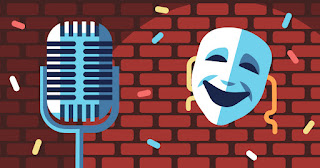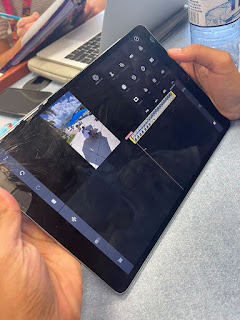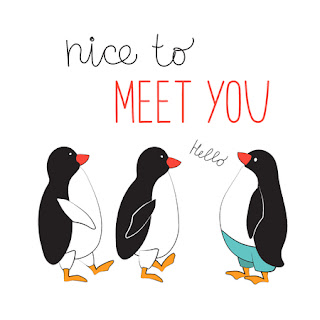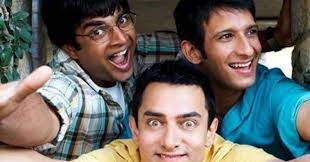Genre Research: Comedy
There are various camera angles used in comedies, including: eye level and high angle. High angles are used to make someone seem inferior, and this can be used to perhaps make fun of the subject, or whatever is at hand. Eye level camera angles allows viewers to see the reactions of all people in the scenes. Seeing the reactions of all people, to a joke, can make the scene more laughable and thus add to the comedy factor. Camera movements in comedy movies include: tracking shots and intense zoom ins. Intense zoom in are used to create an effect where the physical camera either bumps into the actor and gets sort of a awkward close up of their face. Tracking shots, as the name suggests, used to follow the character, maybe they are escaping, or running to hide. Costumes in comedies vary depending on what the profession of the actor is and what the movie is about. For example a student may wear a uniform, a lawyer may wear a suit, a construction worker a vest, etc. There could also be basic costumes like a clown outfit. Comedies usually envelop bright lighting encouraging a happy and upbeat vibe. Props could include food, or water guns. Setting can take place anywhere as long as its bright, darkness may give off a horror effect. Just like lighting, sound and music in comedies are usually upbeat, any suspenseful beats will make it like a thriller vibe, instruments include trumpet, piano, light drums. Fast tempos create a fun mood. Eyeline matches are used to edit comedies because it gives a sense of comedy and shows what the actor is seeing, which could make it all the more funny. Jump cuts can be used to make the scene seem hectic, from scene to scene. A good comedy movie is The Hangover, or Rush Hour, my personal favorite. Things I like about comedies are that, they make you laugh, and are uplifting, and are change of pace from my usual's. Thing's I don't like are movies or shows that try to hard, or ones that don't try enough.




Comments
Post a Comment